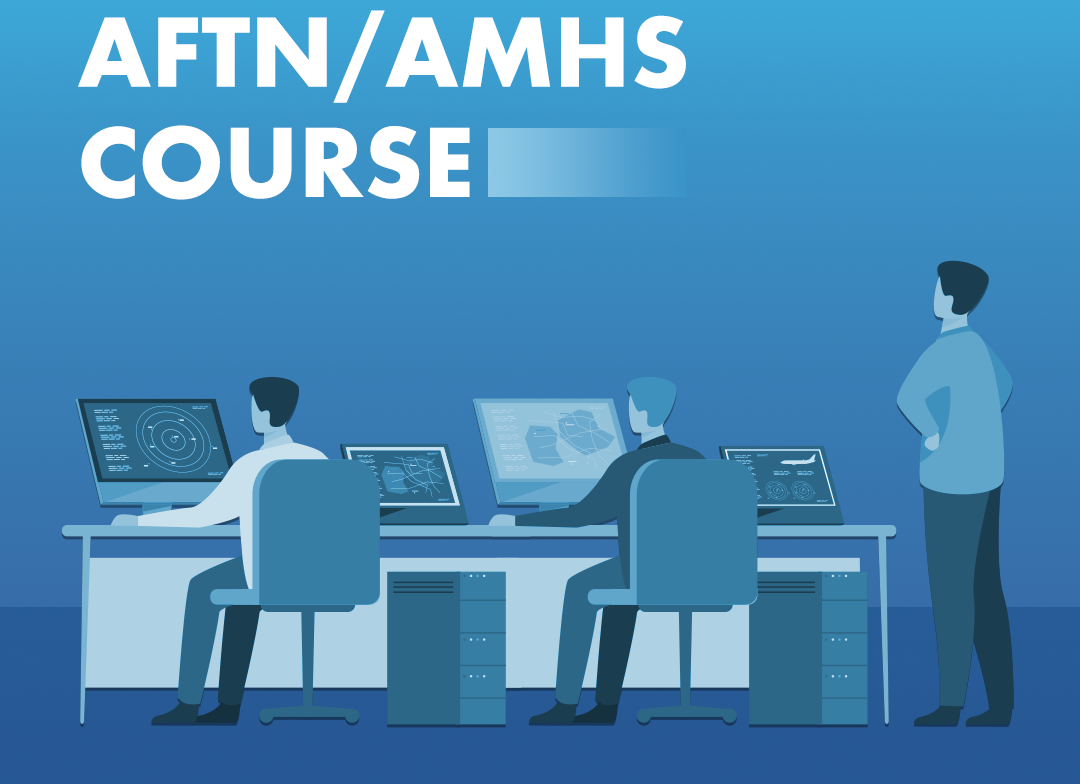
AFTN/AMHS Course
Introduction
- Awareness and ability of using modern telecommunication networks.
Objectives
By the end of the course the Trainee shall be able to:
- Identify AFTN planning and AFS procedure.
- Identify the conditions that must be satisfied before any circuit be regarded as an international (AFTN, CIDIN or AMHS) circuit.
- Identify AFTN Regional Routing charts.
- Use AFTN Regional Routing charts.
- Get familiarization with the developments of AFTN and CIDIN.
- Distinguish the diversion routing in automatic and none automatic system.
- Identify the advantages and disadvantage so fold and current communication system.
- Recognize the data signaling rates in communication system.
- List the phases of ATN implementation.
- List the main elements of ATN.
- Define AMHS.
- Recognize the advantages of AMHS.
- IdentifyX400/AMHS protocol
- Identify AMHS addressing (XF &CA AS addressing schemes)
Get familiarization with:
- AMHS messaging model
- AFTN/AMHS message conversion(interface)
- AMHS/AFTN message conversion(interface)
- AMHS message type–message structure
- Components of envelope part of AMHS message
- Classification of Priorities in AMHS
- AMHS message type report (delivered reports undelivered reports)
- Routing tables of AMC
- AMC planning
- Read messages information and classify messages originators (according to network used for their transmission).
- Deal with messages priorities used by AMHS.
Who Sould Attend
- Aeronautical Communications Operators
Course Content
- Module 01: Aeronautical Fixed Services
- Module 02: Introduction to AMHS
Prerequisite
- The Trainee should have university degree or equivalent certificate and profession in communication field.
- The Trainee should have Basic AMS Operator course ICAO 171 and Basic AFS Operator course ICAO 172.
